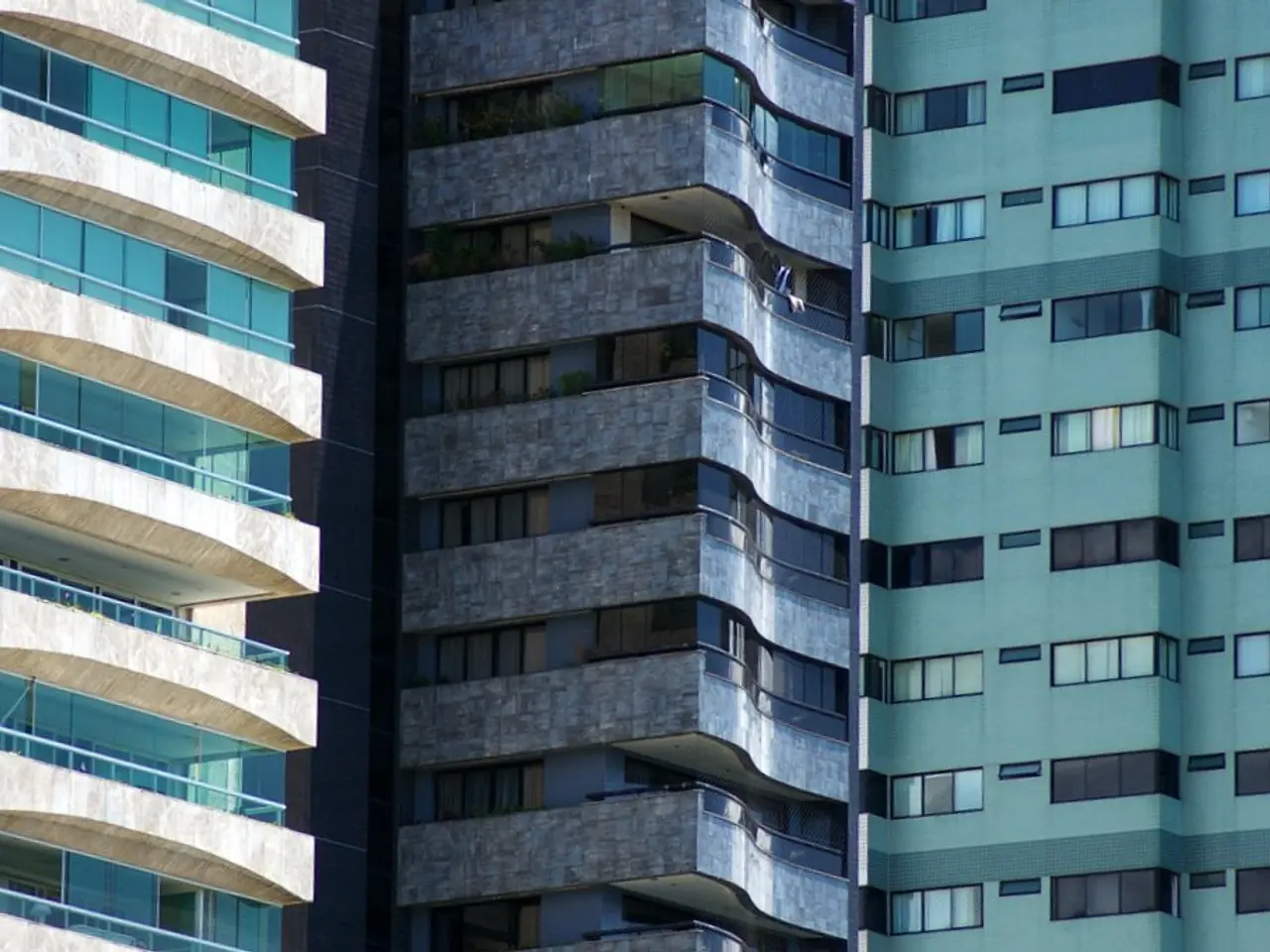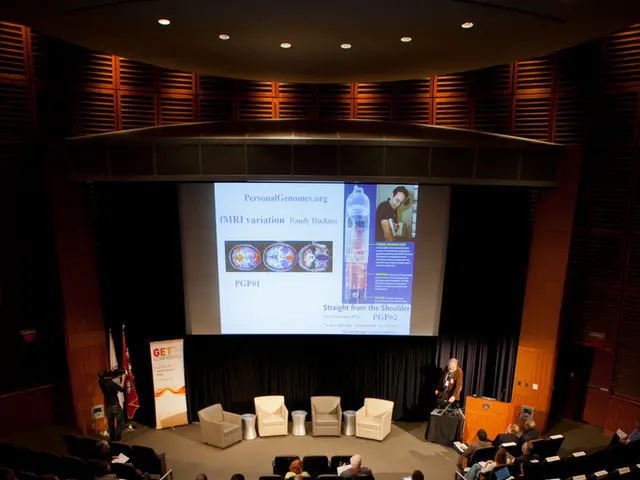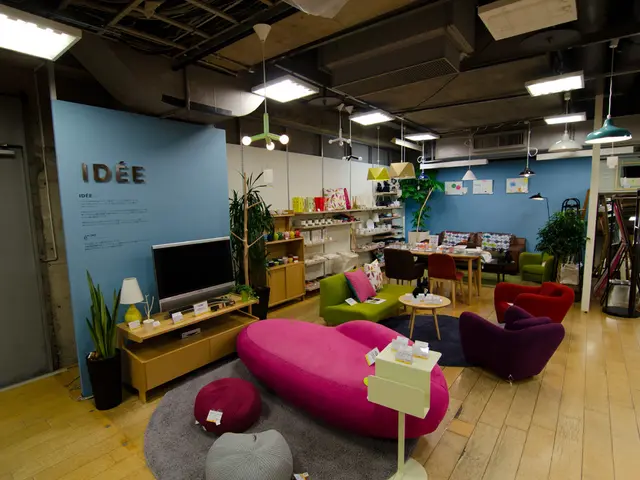Building Orientation for Improving Natural Airflow, Harnessing Solar Energy, and Maximizing Daylight in LEED-focused Architectural Design - US Green Building Council (USGBC) LEED Green Associate Program.
In the realm of sustainable architecture, the orientation of a building plays a pivotal role in optimizing natural ventilation, solar energy use, and daylighting. This strategic factor is leveraged to harness the power of natural elements, thereby reducing energy consumption and enhancing occupant comfort.
By orienting a building along the east-west direction, architects can minimize direct sunlight exposure on larger facades, thus reducing the need for mechanical cooling systems and maximizing cross-ventilation. In hot climates, this approach can help avoid excessive solar heat gain and glare, while in temperate climates, it allows for capturing more sunlight for heating and lighting purposes.
The orientation of a building also affects the shape, size, and placement of windows, doors, roofs, and other graphic design elements. For instance, strategically placed openings for natural ventilation, ample glazing or skylights for daylight utilization, and operable windows can all contribute to a building's energy efficiency.
Moreover, the use of materials like wood and metal facades with high energy efficiency and recyclability can support these goals. These materials not only improve indoor environmental quality but also align with the principles of sustainable design.
Building orientation is a key element for efficient use of natural resources, as it can be used to optimize natural ventilation by aligning with the prevailing wind direction. This, in turn, enhances the building's ability to regulate its internal temperature without relying on mechanical systems, further reducing energy consumption.
Incorporating these principles into architectural design is not only beneficial for the environment but also for the building's occupants. By maximizing daylight penetration, architects ensure ample natural light throughout the day, improving visual comfort and productivity.
The significance of building orientation in sustainable architecture is further highlighted in LEED (Leadership in Energy and Environmental Design) design. This internationally recognised green building certification system recognises the strategic use of building orientation as a key element in reducing a building's carbon footprint and improving its overall sustainability.
In conclusion, the orientation of a building is a crucial aspect in architectural design for sustainability. By optimizing building orientation, architects can create structures that not only reduce energy consumption but also provide a comfortable and healthy environment for occupants, all while harnessing the power of natural elements.
Read also:
- Budget cuts at federal and state levels jeopardize advancements in fighting HIV and AIDS within Dallas County
- Strategies for Maintaining and Boosting Physical Activity as You Grow Older
- Understanding Prediabetes: A Precursory Condition to Diabetes
- Strategies for Strengthening a Nigerian Infant's Immune System







